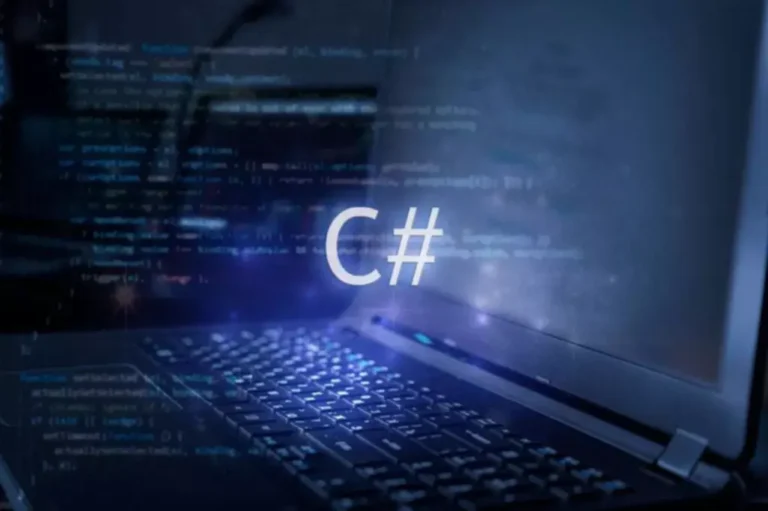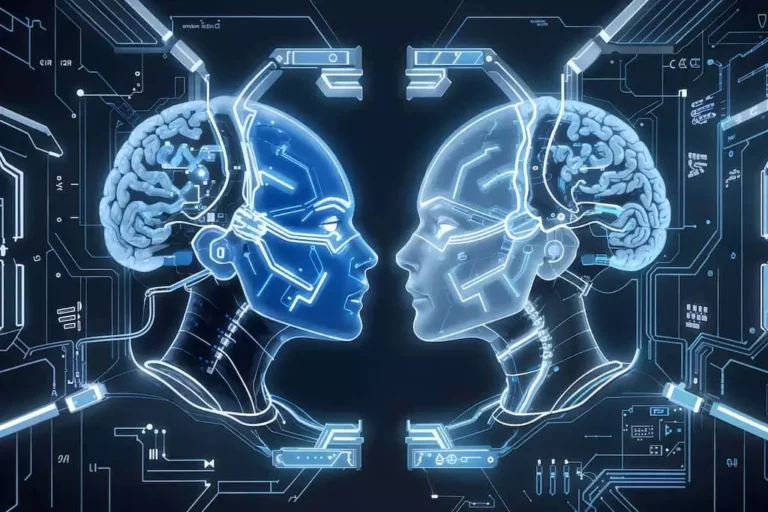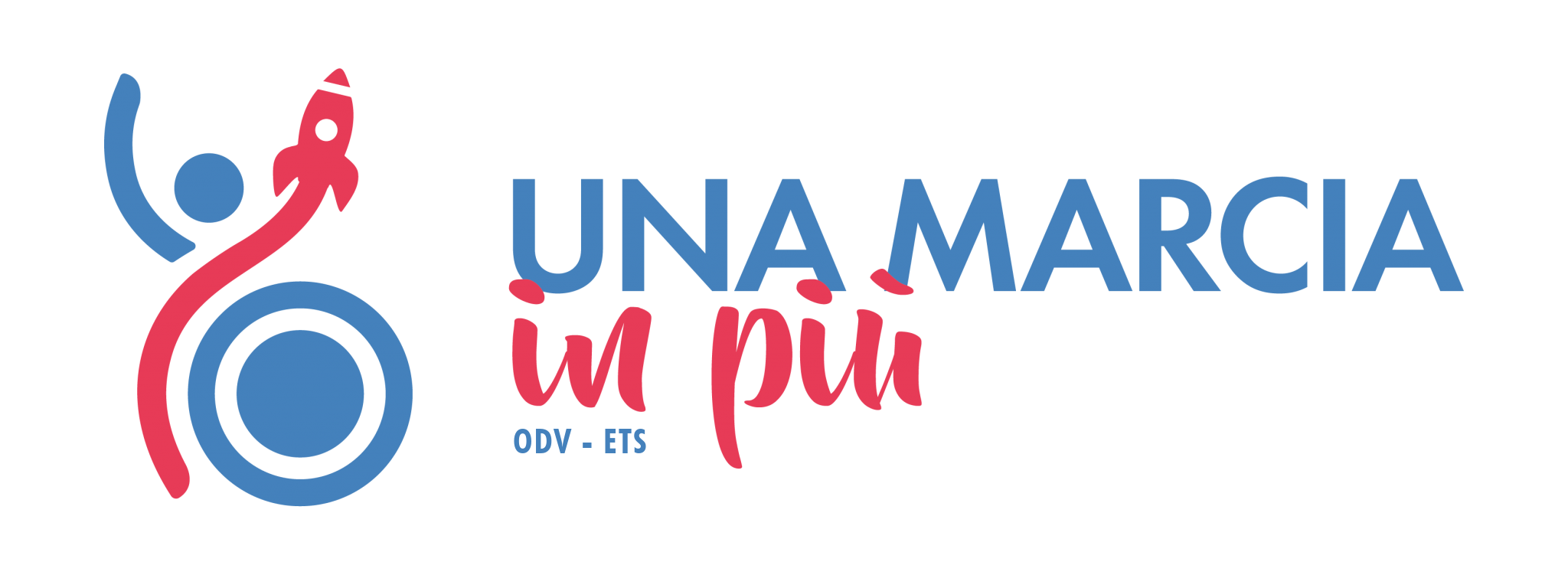The remainder of the parameters may be unoptimized (almost stalled at preliminary random weights) or have obtained fewer updates over the training https://www.globalcloudteam.com/. The presence of those suboptimal subnetworks might not harm the model’s performance under iid situations. Any uncommon adjustments in inputs that by chance activate these neurons might result in unpredictable model behaviors. In addition, any attacker can exploit the bigger area of those suboptimal neurons by designing a malicious enter that yields a specific model’s output. Transfer learning is a machine studying method that includes transferring knowledge realized by the mannequin in one task to improve one other, related task.

Secure Studying Establishes Some Frequent Ground Between Causal Inference And Machine Learning
This was accomplished by designing a variational autoencoder (VAE), specifically made for debiasing, called DB-VAE. The latter learns the underlying latent variables inside the information distribution in an entirely unsupervised manner. It then permits for adaptive resampling of batches of knowledge robustness definition according to their inherent attributes during coaching. The adaptive resampling goals to feed the training mannequin batches with equally-distributed latent options. Assessed for algorithmic equity, DB-VAE has efficiently educated debiased fashions on facial recognition data containing racial and gender biases, and significantly improves classification accuracy and decreases categorical bias.

How Does Robustness Differ From Resilience In Ai Systems?

As an example, a human-imperceptible noise could be applied to medical images to falsify the diagnostic by deceptive an ML mannequin into labeling moles as malignant pores and skin tumors finlayson2019adversarial . Then, the enter alterations include intelligently-designed adjustments that are perceptible and can be utilized in bodily real-world environments. For example, adding sunglasses to a face image is completely different from barely distorting the image pixels when evaluating the adversarial robustness of a face detection model. Therefore, adversarial robustness consists of enhancing the model’s resilience against these delicate, non-random data distribution shifts without compromising its predictive efficiency on real data. Improvements in model robustness beneath narrow units of information adjustments, principally synthetically generated, are likely to result in slim robustness for similar or close conditions. This signifies that while modern high-capacity models profit from controlling covariates during coaching to be taught sturdy inductive bias, the set of covariates is still small in comparison with the combinatorial explosion of overlaying all potentialities.
Is Robustness Actually Robust? How Completely Different Definitions Of Robustness Influence Decision-making Underneath Climate Change
Mani et al. mani2019towards take one other step, by coaching each mannequin of an ensemble to be resilient to a special adversarial assault by injecting a small subset of adversarial examples, which profit to the ensemble globally, although it comes at the price of coaching more fashions. In most circumstances, AT often results in unfounded will increase within the margin along determination boundaries, which negatively affects the original accuracy. To obtain a greater trade-off between original and robust accuracy, a number of mitigation strategies have been proposed. Wang et al. wang2019improving suggested the differentiation between the misclassified and correctly classified original inputs throughout adversarial training as a outcome of the minimization step is more necessary for misclassified examples than the maximization one that’s negligible. Zhang et al. zhang2020attacks proposed to selectively contemplate the least adversarial examples (referred to as “friendly”) among the adversarial data that is confidently misclassified. These “friendly” adversarial examples could be systematically recognized by including early-stopping criteria to iterative attack strategies.
How Does Robustness Analysis Work?

To illustrate the inherent brittleness of overparameterized neural networks, we refer to the notion of “neuron coverage” that’s inspired by the code protection in traditional software program testing deepxplore . It includes producing artificial check enter data to trigger the neurons that have not been activated by the unique test information. The success of this protection criterion suggests that only a subset of the parameters is liable for capturing the patterns wanted for the duty.
Beyond Generalization: A Principle Of Robustness In Machine Studying
- While most robustness points come up from a mismatch between the training- and the deployment distribution, robustness can also be a priority when training and deployment circumstances are similar.
- While robustness of parameter values to changing information is often attained in best settings, e.g., through maximum likelihood strategies or Bayesian updating (Lavin et al., 2021), that is often not the case in apply for more complicated simulation models, e.g. in excessive power physics (Boge, 2021).
- To find out extra details, we suggest Costa et al.’s survey costa2023deep , which elaborates on the methodologies and advances of adversarial coaching.
- However, we believe that the conclusions are insufficient given the slim definition of clinical robustness.
- Rather, the ML mannequin have to be understood as part of a socio-technical system by which the profitable interplay between the ML model and human decision-makers is crucial.
To give an instance from medical drugs, Tomašev et al. (2019) developed an ML model that predicts the risk of acute kidney failure for sufferers as much as forty eight hours in advance. In the course of the mannequin analysis, the investigators manipulated the function weights of diagnostic markers to evaluate how it impacts the anticipated output. This is to ensure that the mannequin tracks clinically meaningful information, rising confidence in its scientific applicability in turn. For instance, individual conditional expectation (ICE) curves describe the sensitivity of particular person predictions to adjustments in a single function (Goldstein et al., 2015). As an example of an adversarial assault in the medical area, consider a case where humanly imperceptible noise is added to medical photographs to idiot the ML mannequin into classifying moles as malignant pores and skin tumors, whereas reporting high confidence (Finlayson et al., 2019). Natural distribution shifts may result from changing environmental conditions that lead to a mismatch between the deployment and the coaching distribution (Xie et al., 2019).
Code, Knowledge And Media Related To This Text

Adversarial attacks, both digital and physical, serve as highly effective tools to expose vulnerabilities in models, especially when confronted with maliciously crafted inputs or particular use cases. Non-adversarial shifts, including pure information corruptions and systematic distribution changes, are scrutinized within the context of real-world knowledge challenges. Subsequently, we delve into how DL software program testing leverages established methods to enhance the search for information changes that reveal model’s faults, finally aiming to effectively verify the model’s robustness within the face of naturally occurring distribution shifts. Non-adversarial robustness research the model’s ability to take care of its efficiency across data distribution shifts arising from naturally-occurring distortions or artificial knowledge variations that represent conditions extra prone to happen in the real world. For occasion, a natural shift in photographs of site visitors signs, collected in an area where it rarely snows, can be photographs of the identical sign underneath severe snowing circumstances gojic2023non .
The Definition Of Robustness Within The Ai Context
The integration of robustness in autonomous automobiles is integral to making sure their secure and dependable operations. These autos are uncovered to a myriad of dynamic and unpredictable environmental circumstances, including varying weather patterns, traffic scenarios, and unexpected obstacles. By leveraging robustness, these automobiles can effectively navigate by way of such challenges, sustaining their capacity to make knowledgeable selections and take applicable actions even in the face of unforeseen circumstances, ultimately contributing to enhanced security and reliability on the roads. The term “robustness” finds its origin within the Latin word robustus, which translates to “robust” or “stable.” Within the AI context, the evolution of robustness is intricately linked to the advancement of laptop science and engineering. The idea gained prominence as an important attribute in making certain the reliability and stability of computational methods, significantly in the face of changing environments and potential disruptions. Robustness has been a crucial consideration in cybersecurity, community protocols, and various AI functions, driving substantial advancements in research and development initiatives.
The non-adversarial robustness of the ML model ensures reliability across various real-world scenarios, including natural noise, or changes in inputs that might occur organically with out malicious intent. In this paper, we provide a unifying theory of robustness for ML and showcase the means it facilitates explaining and synthesizing totally different robustness sub-types in ML. We outline robustness as the connection between two entities, a robustness goal and a robustness modifier, the place the target stays (relatively) steady under relevant interventions on the modifier (see Sect. 3). We establish crucial robustness targets and modifiers inside the ML pipeline and talk about strategies for making certain robustness with respect to these targets/modifiers. Finally, we highlight what distinguishes robustness from adjoining concepts in ML, corresponding to extrapolation, generalization, and uncertainty quantification (see Sect. 4). In particular, we argue that robustness is an unbiased epistemic notion, presupposing the generalization capacities of the model underneath coaching circumstances, but going beyond that by shifting the focus to the dependable real-world deployment of ML fashions.
Nowadays, ML techniques are crafted by practitioners, so their robustness enhancements rely upon the practitioners’ participation, as exemplified by Jin et al. jin2020bert , the place potential adversarial examples are collected via a sequence of engineering steps. Braiek2022physics leverage a physics-guided adversarial testing methodology to craft inputs on which the mannequin violates physics-grounded sensitivity guidelines which are derived beforehand by plane engineers. Afterward, all revealed counter-examples are exploited to carry out a physics-informed regularization, which constrains the mannequin optimization with the specified degree of consistency w.r.t the physics domain information. PrimeShield can rapidly identify and drive optimization of bottlenecks at the stage, path and design degree that are delicate to variations corresponding to supply voltage drops or manufacturing variability. The patented fast statistical strategies and breakthrough machine learning technology are used to firmly set up design robustness analysis as a method to reduce failure and maximize power, efficiency, and space (PPA).

